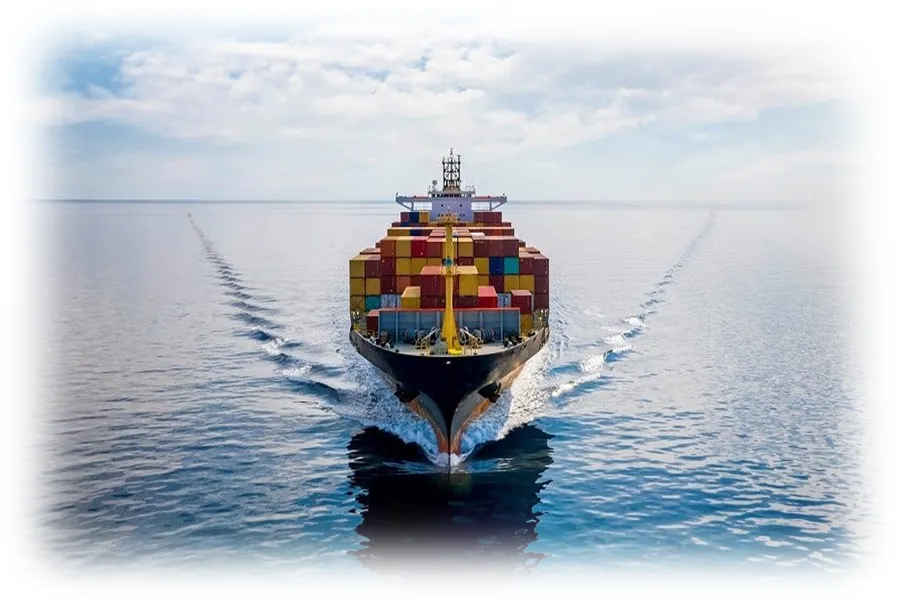The Titanic Effect: Lessons Learned in Marine Insurance History
In the annals of maritime history, few events are as significant as the sinking of the Titanic. This monumental tragedy,

In the annals of maritime history, few events are as significant as the sinking of the Titanic. This monumental tragedy, while undeniably devastating, marked a crucial turning point in the realm of marine insurance. It underscored the necessity of robust coverage and highlighted the need for continuous innovation in risk management. This blog explores the profound impact of the Titanic disaster on marine insurance practices, the subsequent reforms, and how modern solutions, such as those offered by DgNote Technologies, are shaping the future of maritime coverage.
The Titanic’s Voyage and Insurance Context
The Titanic’s maiden voyage in April 1912 was a spectacle of luxury and technological advancement. The ship, deemed unsinkable, carried not only a wealth of passengers but also considerable cargo. Many of the affluent travelers on board had their valuable possessions insured through marine insurance policies. However, the scale of the disaster exposed critical gaps in coverage and raised fundamental questions about the adequacy of existing insurance practices.
The tragedy revealed that while some passengers and cargo owners had adequate insurance, others were either underinsured or lacked coverage altogether. The sheer magnitude of the disaster highlighted the need for a more comprehensive approach to marine insurance. This disparity underscored the importance of thoroughly assessing insurance needs and securing the best possible coverage to mitigate risks.
Lessons Learned from the Titanic Disaster
The sinking of the Titanic imparted several crucial lessons about marine insurance. One of the most significant takeaways was the critical role of comprehensive coverage. The disaster exposed the risks associated with inadequate insurance and the dire consequences of being underinsured or uninsured. The realization that insurance practices needed to evolve became evident, stressing the importance of carefully evaluating insurance needs and obtaining policies that offer robust protection.
In the aftermath, the marine insurance industry faced intense scrutiny and criticism. It became clear that existing risk assessment methods and policy terms were insufficient for the scale of such maritime disasters. This period of reflection led to an industry-wide push for reform and innovation to address the gaps exposed by the Titanic tragedy.
Reforms and Evolution in Marine Insurance
In response to the Titanic disaster, the marine insurance industry underwent substantial reforms. Insurers began re-evaluating their risk assessment methodologies, striving to provide more comprehensive coverage and improved protection for policyholders. This period of introspection marked the beginning of modern marine insurance practices.
The reforms included changes in policy terms and conditions, focusing on providing more extensive coverage and better aligning insurance products with the actual risks faced by maritime ventures. Insurers also started incorporating advanced risk modeling techniques to better predict and manage potential risks. These changes laid the foundation for the sophisticated marine insurance practices we see today.
Modern Marine Insurance Practices
Today, the legacy of the Titanic disaster continues to influence the marine insurance landscape. The industry has evolved significantly, thanks in large part to advancements in technology and risk modeling. Modern marine insurance now offers more sophisticated solutions to address the complex and varied risks associated with maritime activities.
Technological advancements have played a pivotal role in shaping contemporary marine insurance practices. Innovative risk modeling algorithms and data analytics tools have enhanced insurers' ability to assess risks more accurately and tailor coverage to meet specific needs. This evolution has led to more precise and reliable insurance solutions for everything from cargo shipments to luxury yachts.
DgNote Technologies’ Approach
In this modern era of marine insurance, DgNote Technologies stands at the forefront of innovation. Their cutting-edge platform represents a significant advancement in how insurance is matched with users' needs. DgNote Technologies understands that every maritime journey is unique, and no two insurance policies are alike.
DgNote Technologies has developed a state-of-the-art platform that connects users with the best marine insurance options tailored to their specific requirements. Whether you are a shipping company seeking comprehensive cargo coverage or a yacht owner looking for protection on the high seas, DgNote Technologies provides solutions designed to meet diverse needs.
The platform leverages advanced algorithms and a user-centric approach to ensure that individuals and businesses find the most suitable marine insurance coverage. By offering a range of options and personalized recommendations, DgNote Technologies helps clients navigate the complexities of marine insurance with ease and confidence.
The Titanic disaster serves as a poignant reminder of the importance of robust marine insurance coverage. The lessons learned from this tragedy have shaped the marine insurance industry, leading to significant reforms and advancements in coverage practices. By reflecting on history and embracing modern technologies, we can better address the risks inherent in maritime activities.
What's Your Reaction?









.webp)









